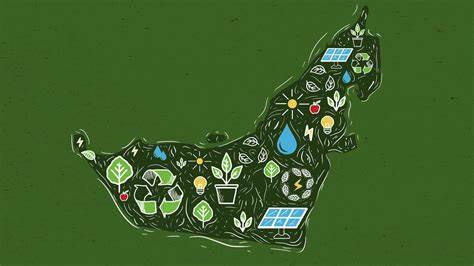
The concept of life as lila, a divine play, is a very unique aspect of Indian philosophy. Often philosophers explore the meaning of life as either a cosmic act of creation or a constant tussle between good and bad. Rarely, is the aspect of play associated with philosophical enquiries on life. That is where the greatness of Indian philosophy reveals itself. In Vedanta philosophy, the lila of our life is the result of three types of karmas – Sanchita Karma, Prarabdha Karma, and Agami Karma.
Sanchita Karma: The Reservoir of Past Deeds
Sanchita Karma, is the accumulated karma from past actions. It is the karma that we have done in the past but the consequences of those karmas are yet to fructify. If we were to take the example of an archer, then Sanchita Karma would be the arrows the archer has in his quiver, on his back. Neither the archer can see it nor can anyone else but he carries the burden of it in his present life. How the burdens of your past karmas will affect you in your present life is not known. The effects of these past karmas maybe realised in this lifetime or in the next four-five lifetimes. Sanchita karma is karma that is latent against your account of deeds; its effects are revealed as per divine will and timing. When Sanchita Karma’s effects begin to fructify in our lives then Sanchita Karma becomes Prarabdha karma. So, remember:
• You cannot avoid the effects of your Sanchita Karmas but you can choose to not get disheartened by it. Have enough self-belief to know that you can not only face your obstacles but also overcome it through right action.
• While our past actions may have contributed to our current circumstances, they need not dictate our future.
Prarabdha Karma: The Unfolding Destiny
Prarabdha Karma is the present story of our life. Prarabhdha Karma is the arrow that the archer has shot from the bow and is moving towards its destination. The archer has shot the arrow but how the arrow flies is not completely under his control. The action has been taken but the result of the action is awaited.
Take-aways from Prarabdha Karma:
1. Acceptance: Embrace the reality of the present. Surrender and celebrate the flow of life.
2. Dharma: Align your actions with dharma. If you have done the right thing, rest assured.
3. Adopt the yamas (restraints) and niyamas (observances) from the Yoga Sutras in your daily life.
Agami Karma: The Seed of Future Action
Agami Karma is the karma of future action. The arrows the archer will shoot from his bow is the agami karma. Agami Karma are the actions you will need to take in the future to create your dream-life.
• Agami Karma reminds us of our inherent agency and responsibility in co-creating our life story.
• Each moment gives us the opportunity to sow the seeds of our future karma, guiding us towards our desired destination.
• It encourages us to be careful with our intentions and visons for our future. It asks us to take inspired action rather than acting from fear-based thinking about our future.
Take-aways from Agami Karma:
1. Set clear intentions and goals that align with your highest aspirations and values.
2. Cultivate positive sankalpas (intentions) to harness the power of the subconscious mind to manifest your dreams.
3. In your interactions with others, sow seeds of positive karma that ripple outwards and forwards in the web of creation.
Trying to understand how karma will exactly operate is an extremely difficult enterprise. Instead, try to accept the events of your life as a result of the interplay between the three karmas with the belief that whatever happens will only happen for your good.
Dr Hansaji Yogendra is the director of The Yoga Institute. She is also the president of the Indian Yoga Association and the International Board of Yoga.















